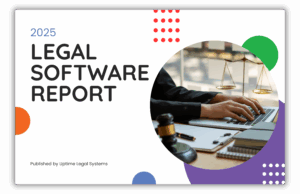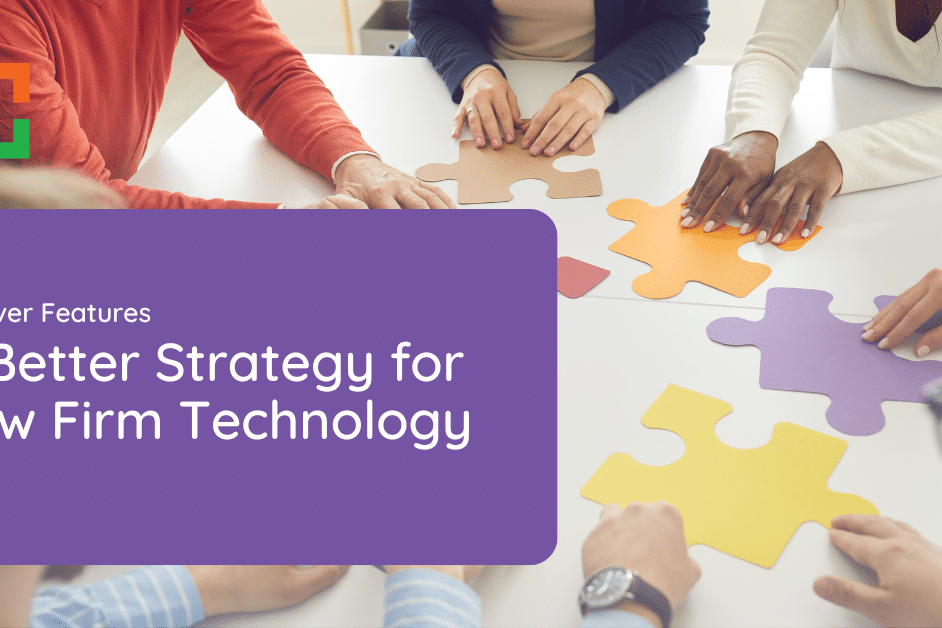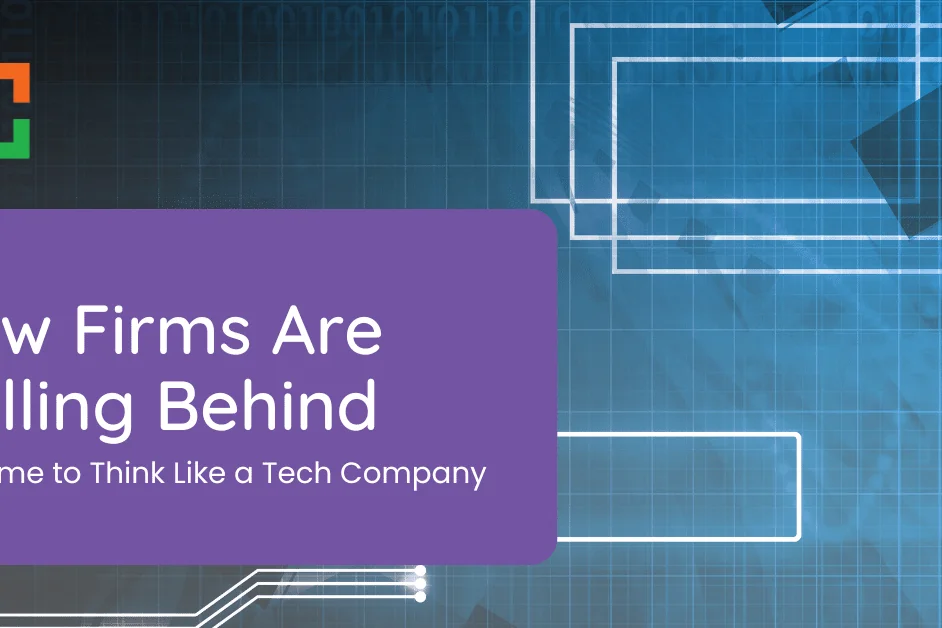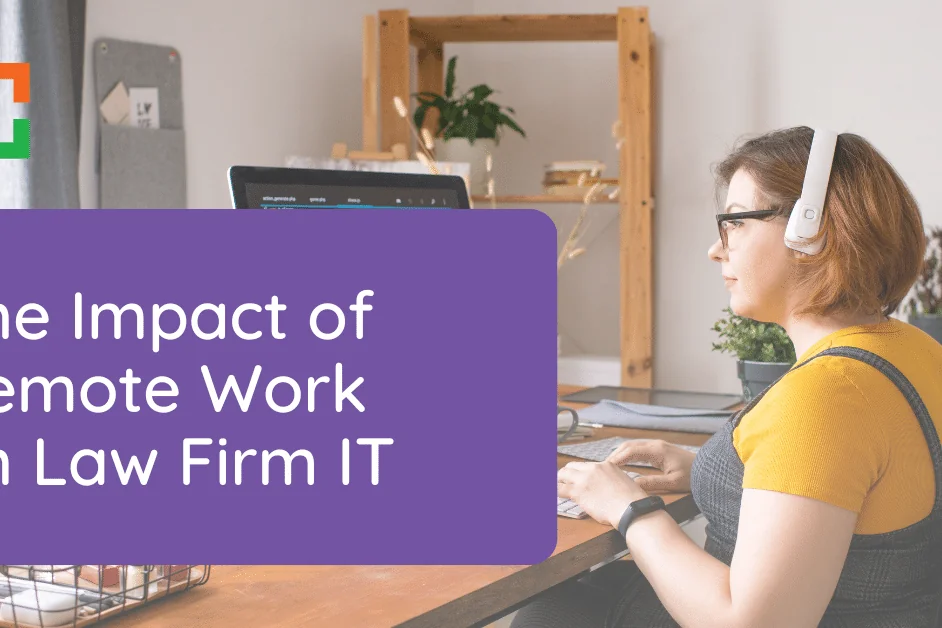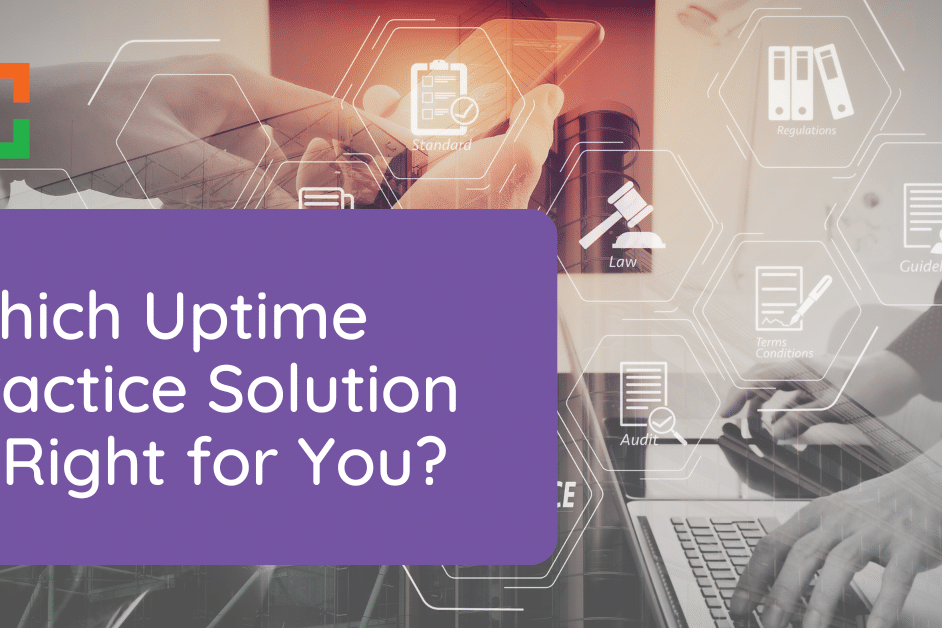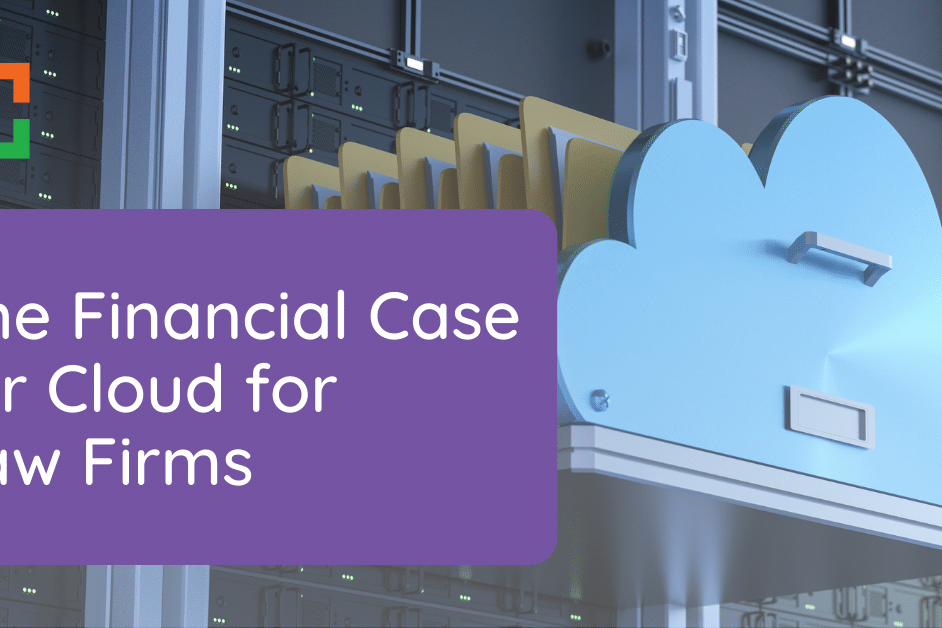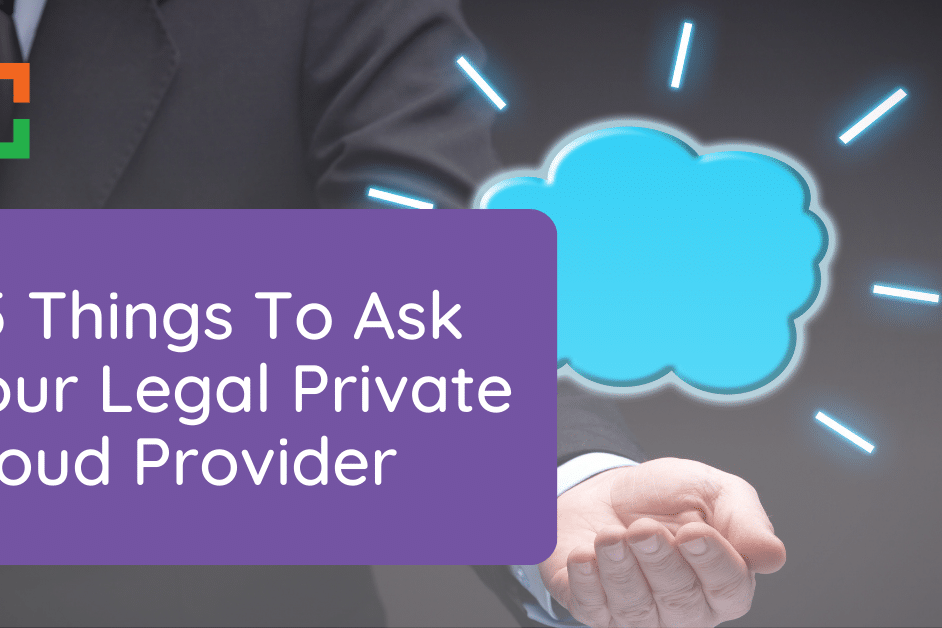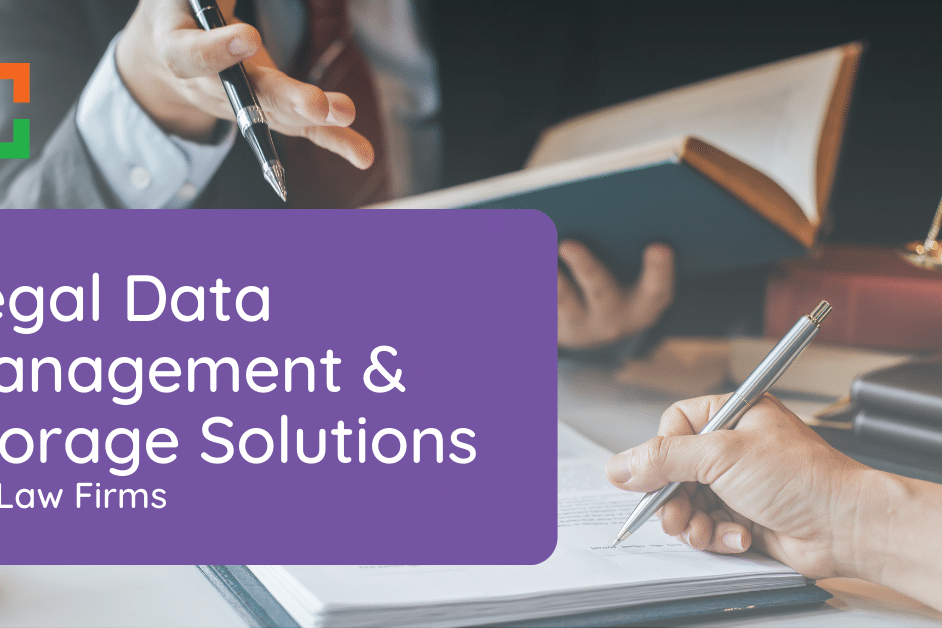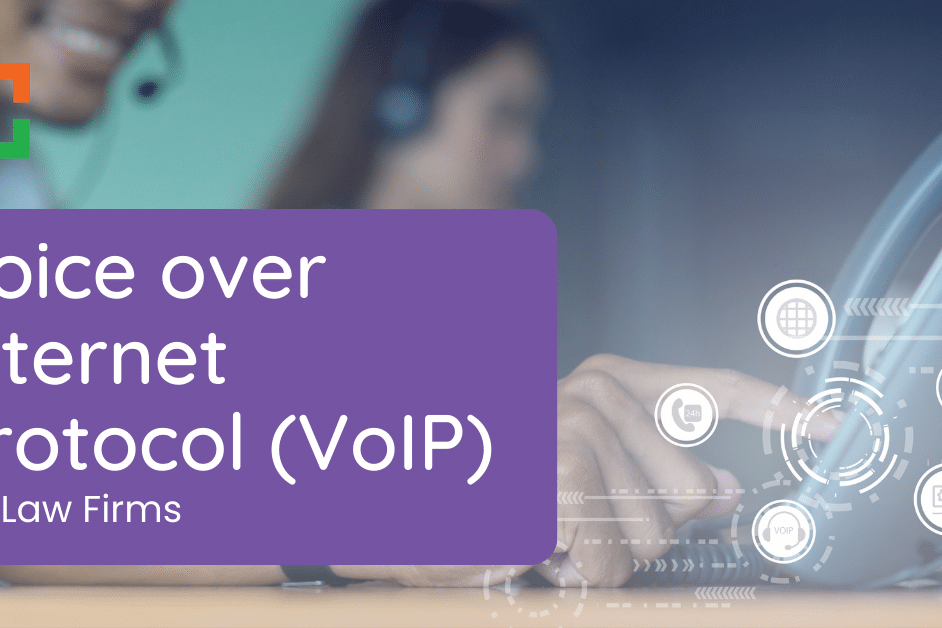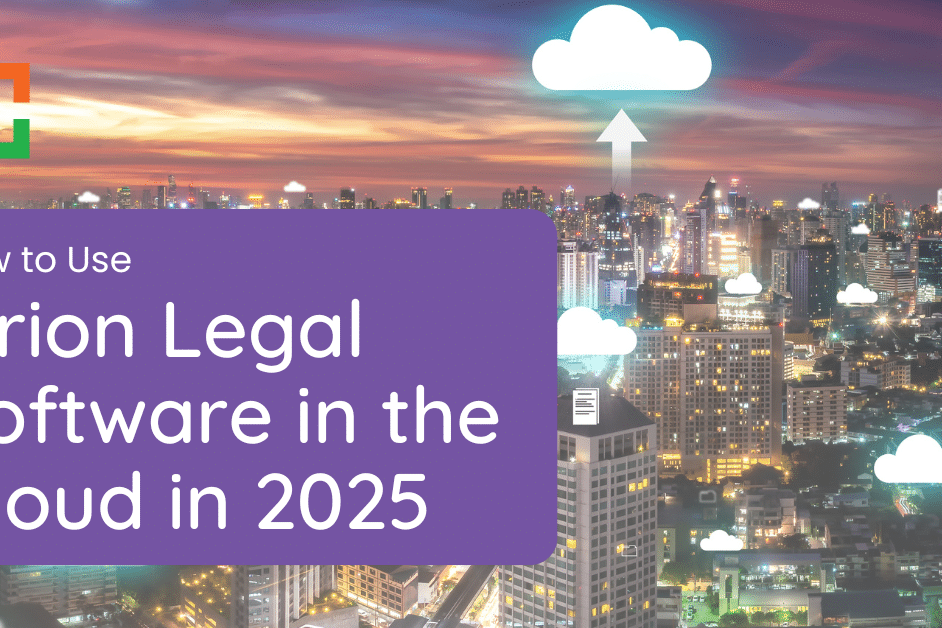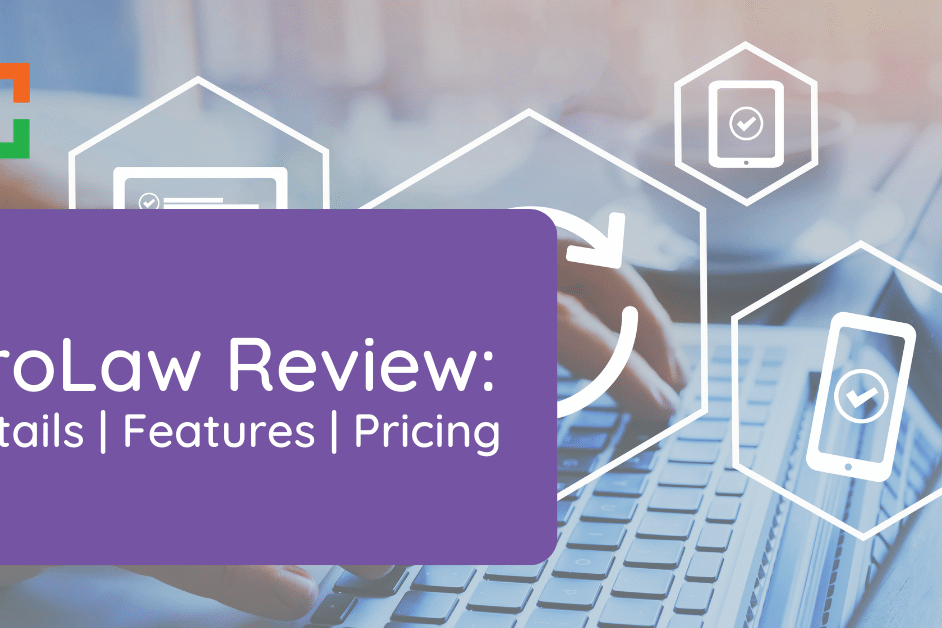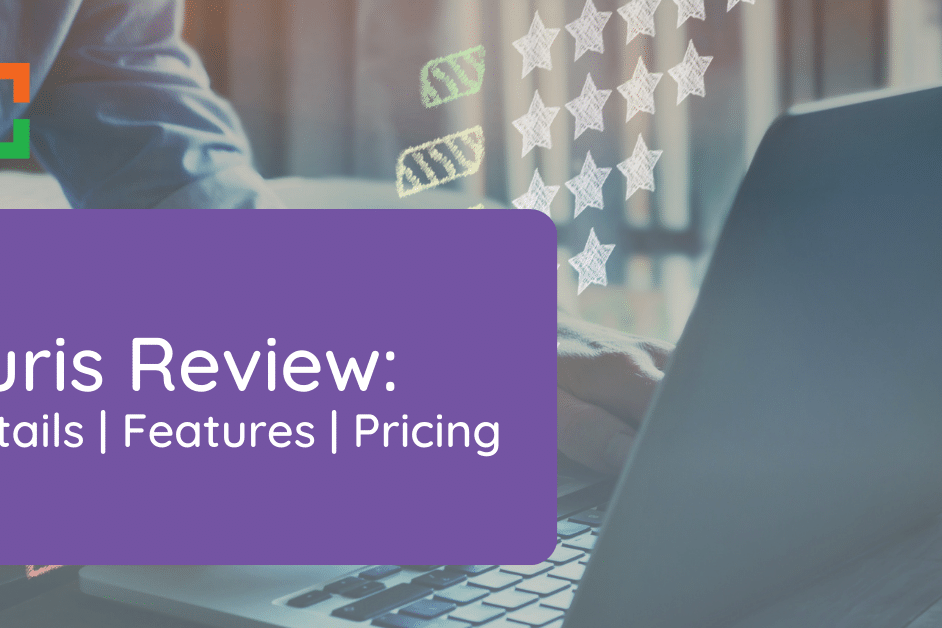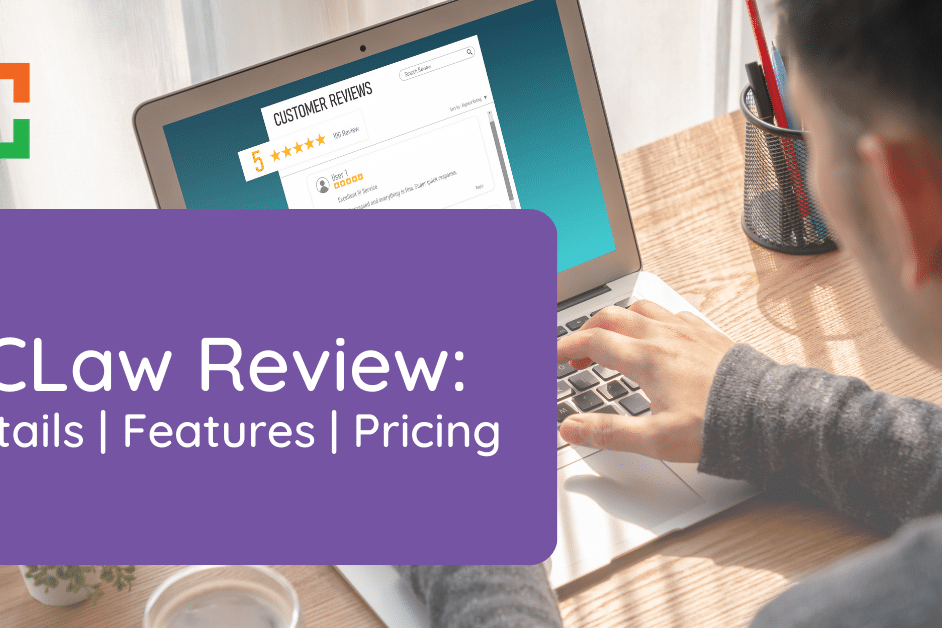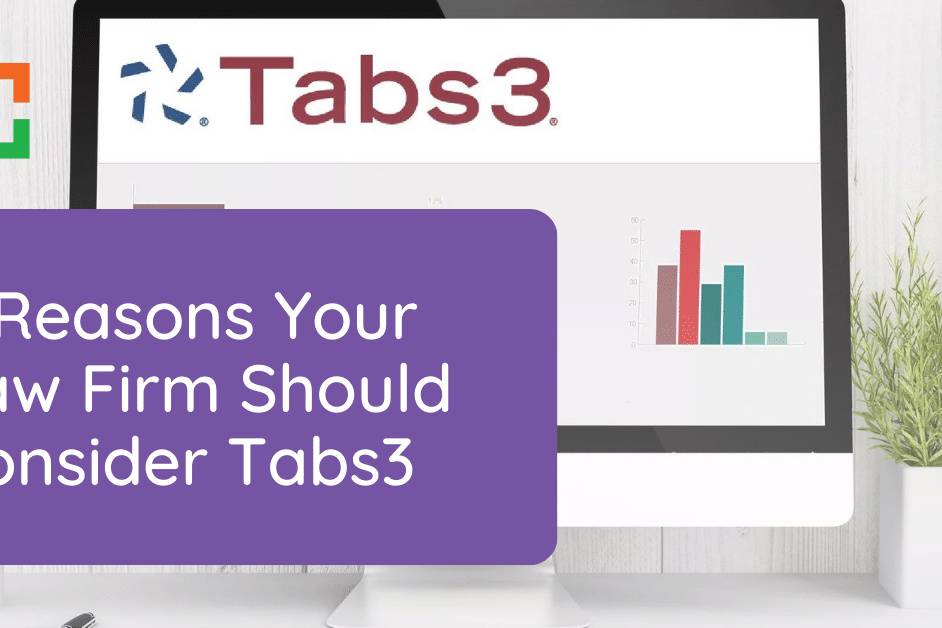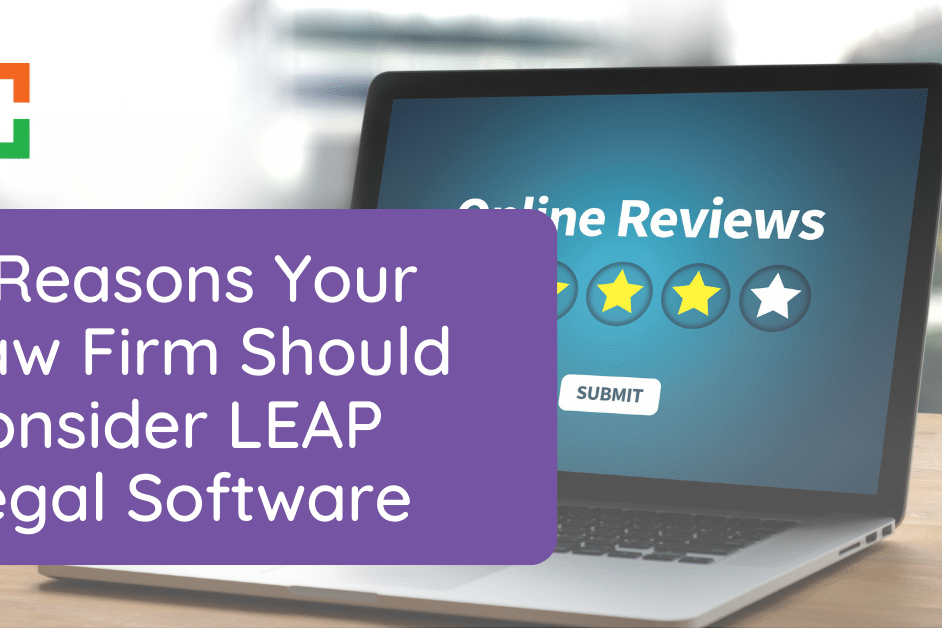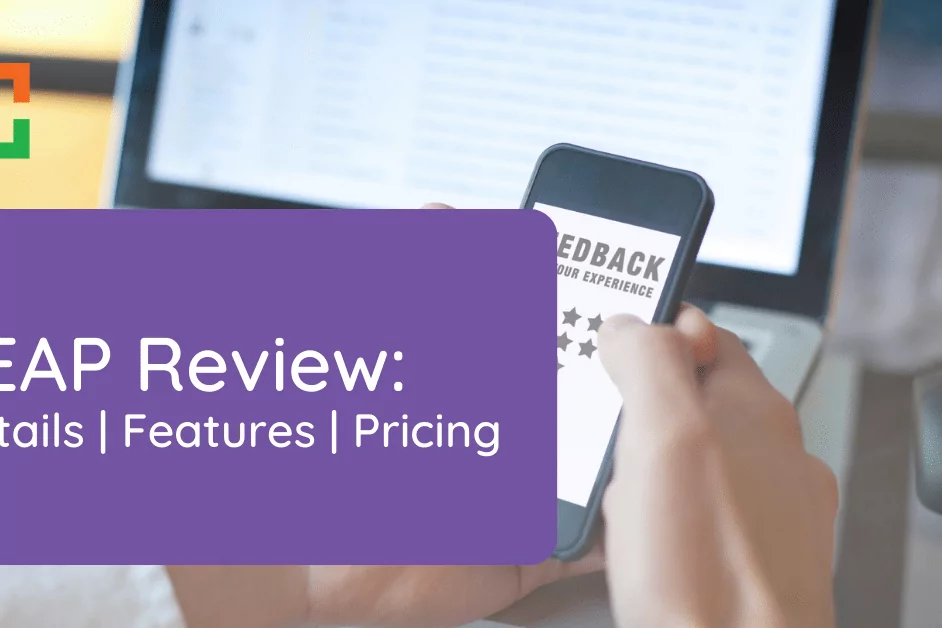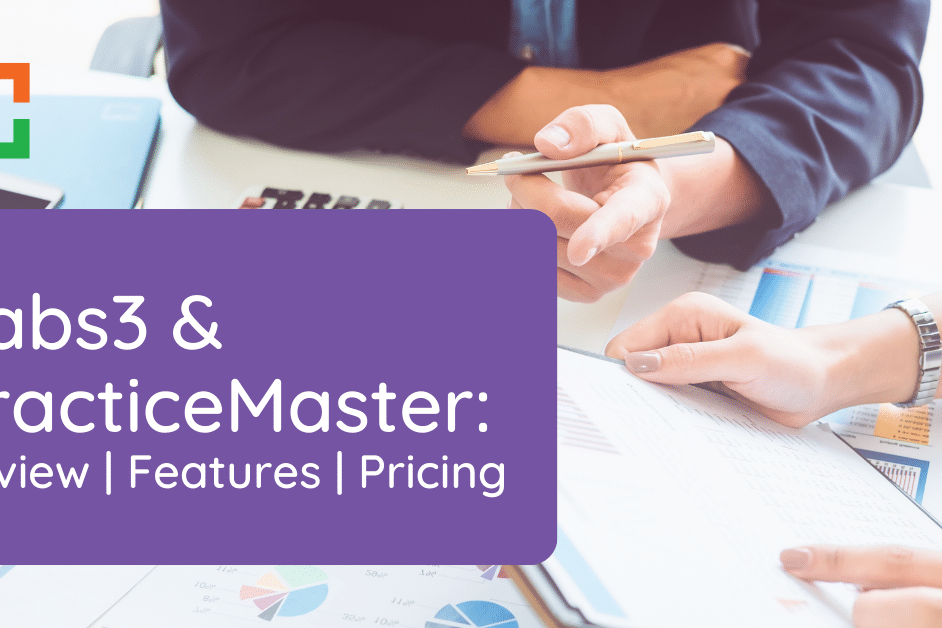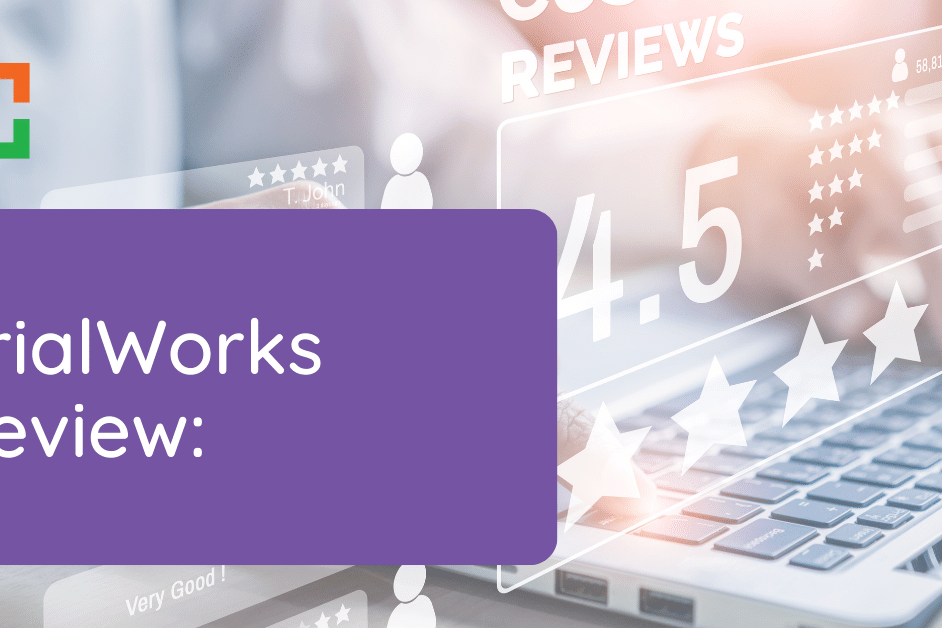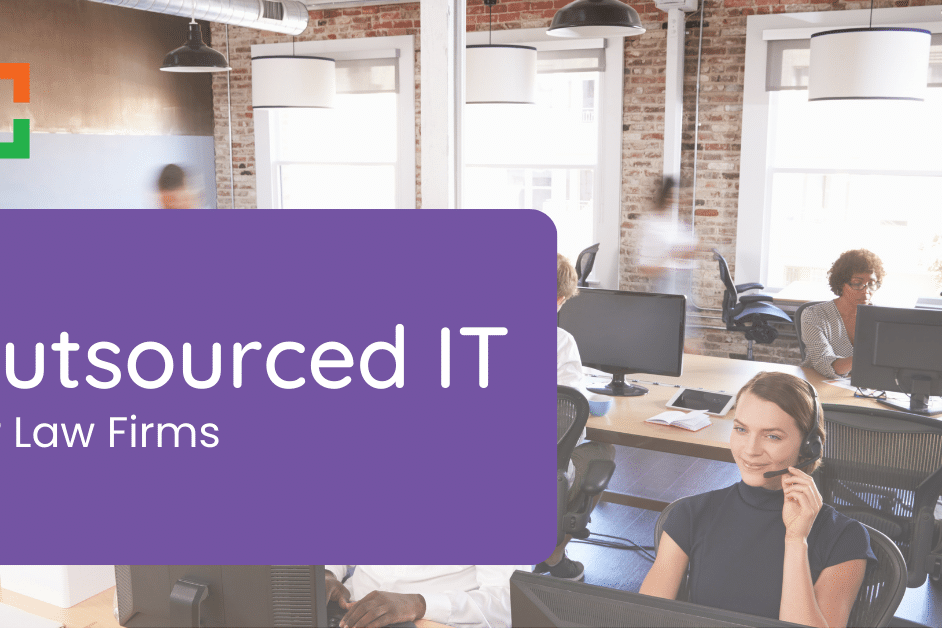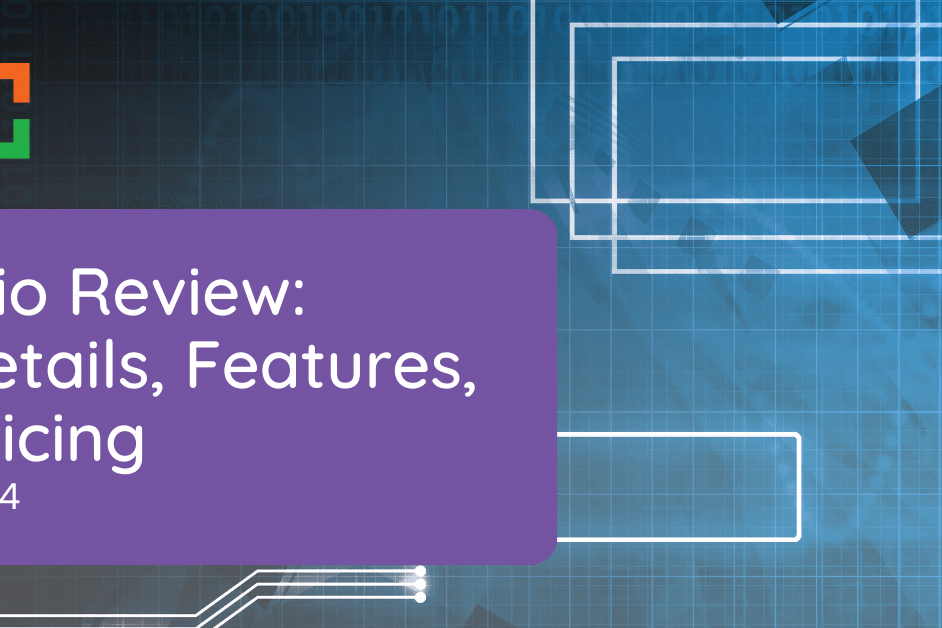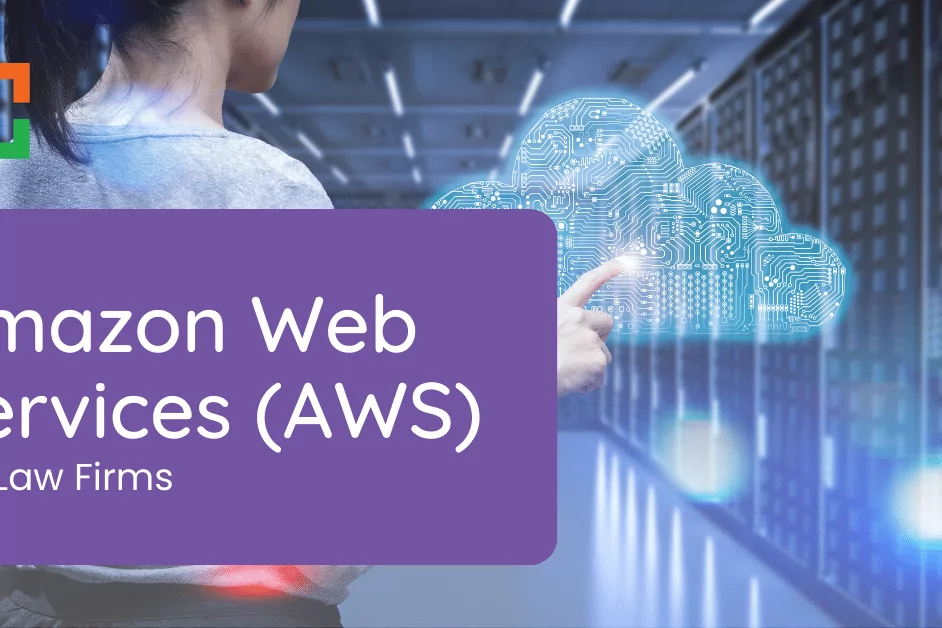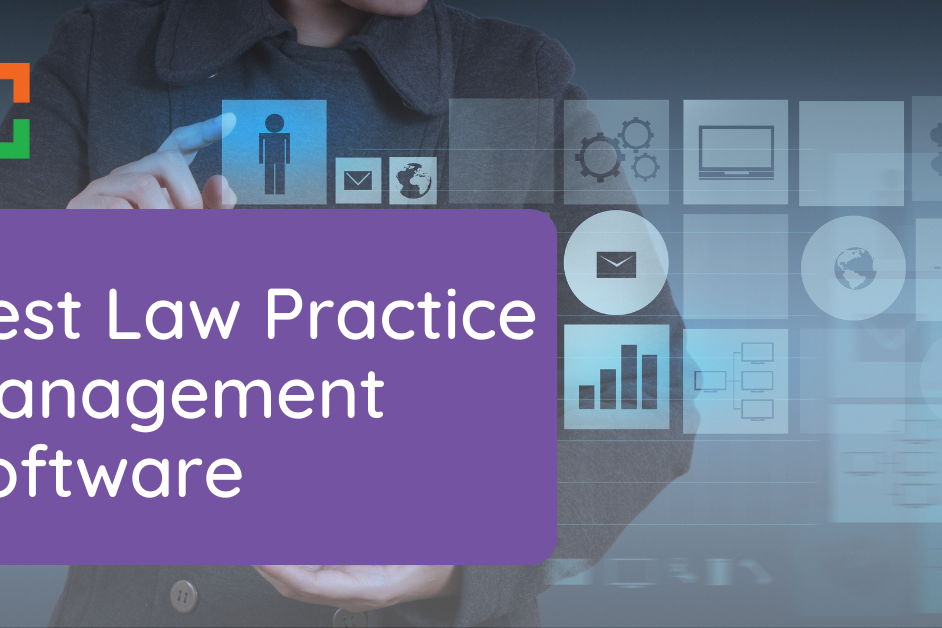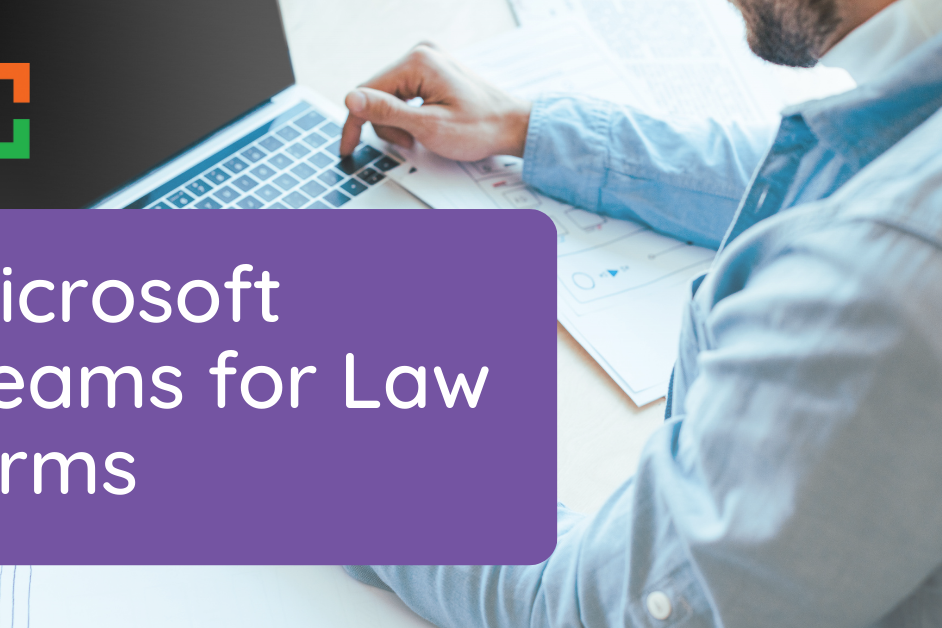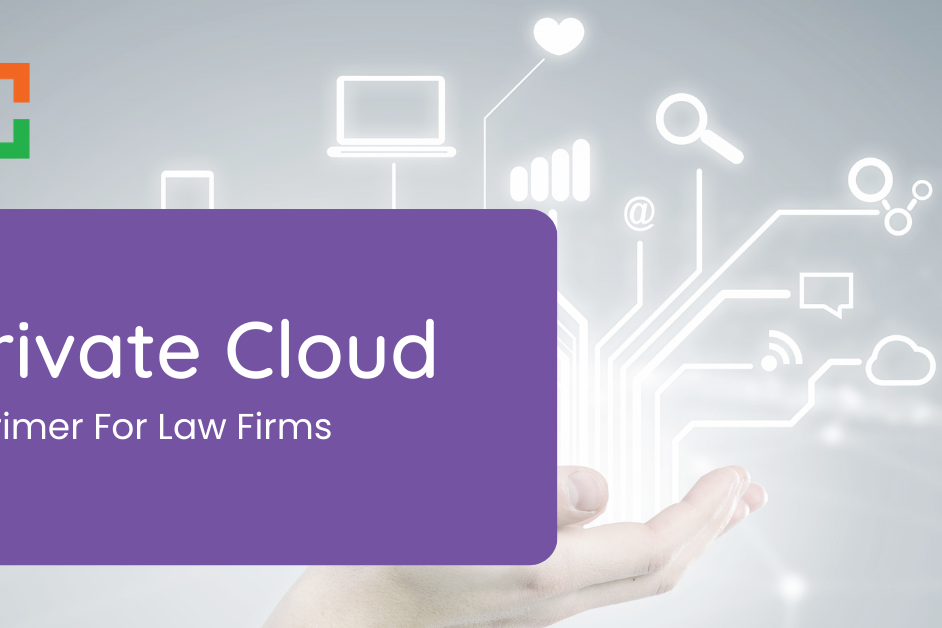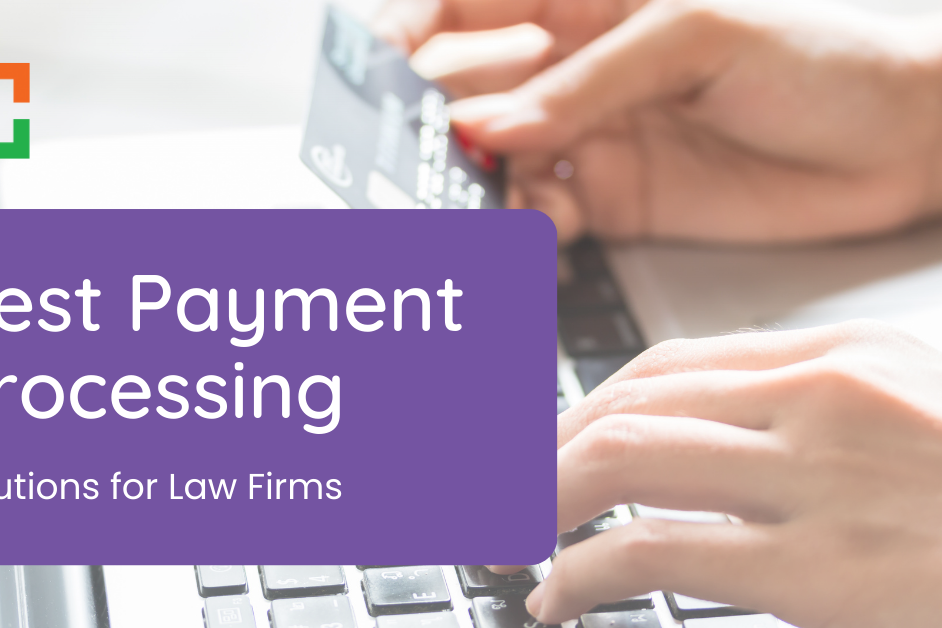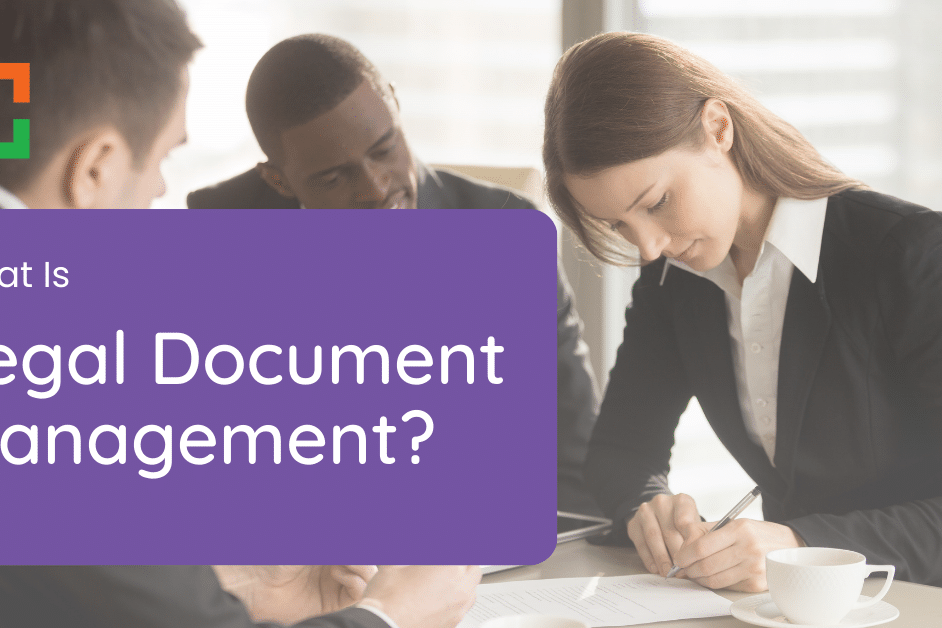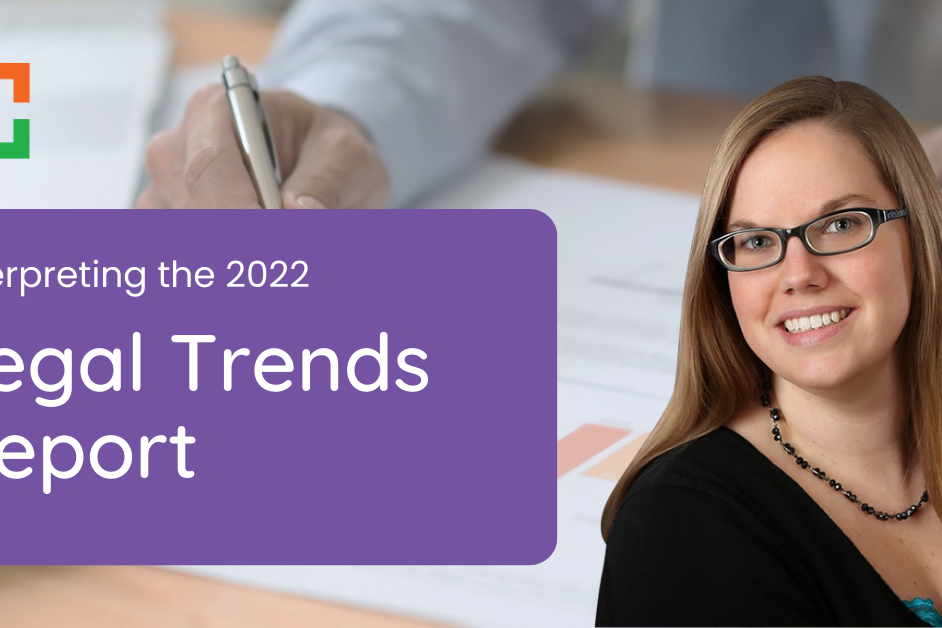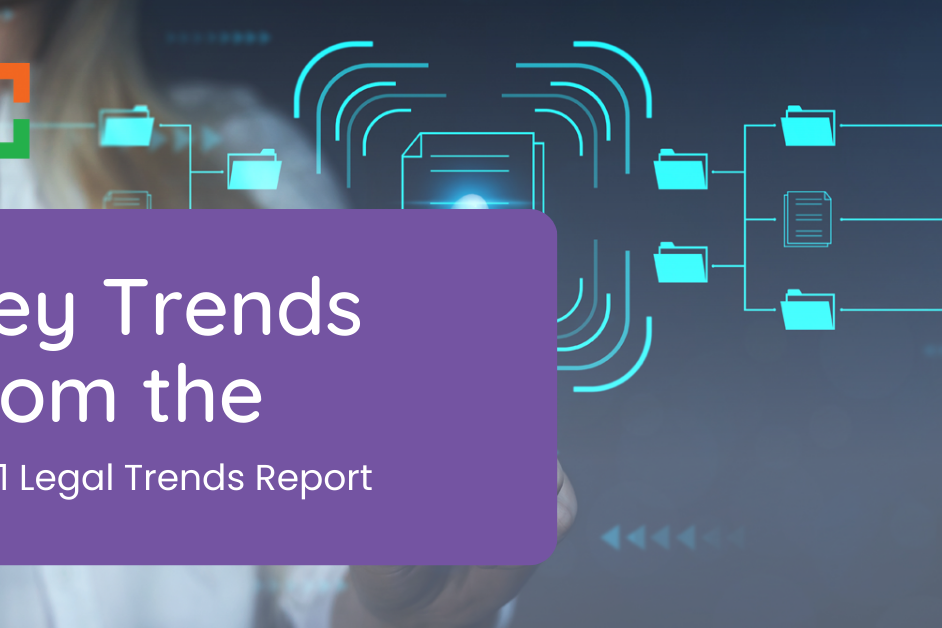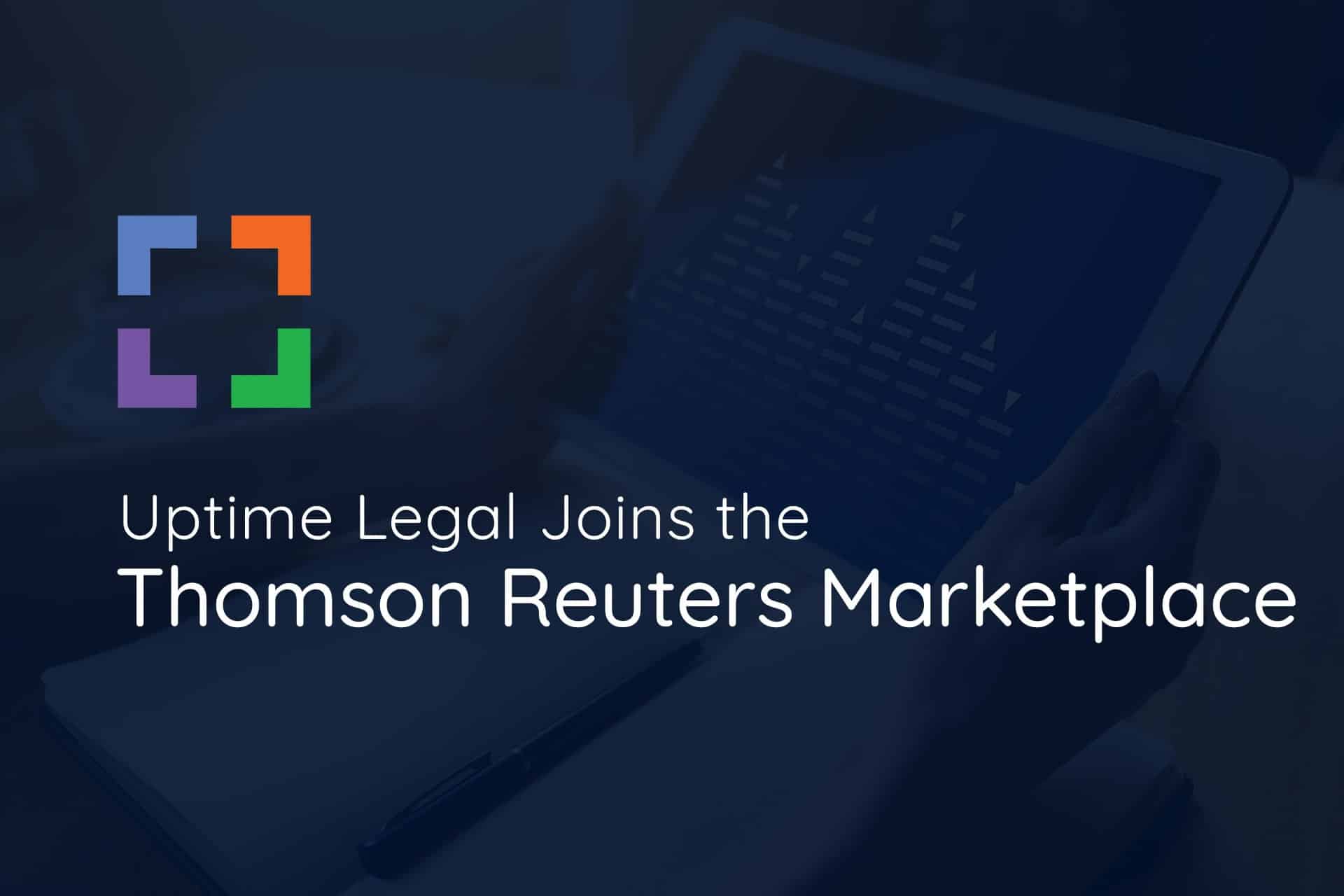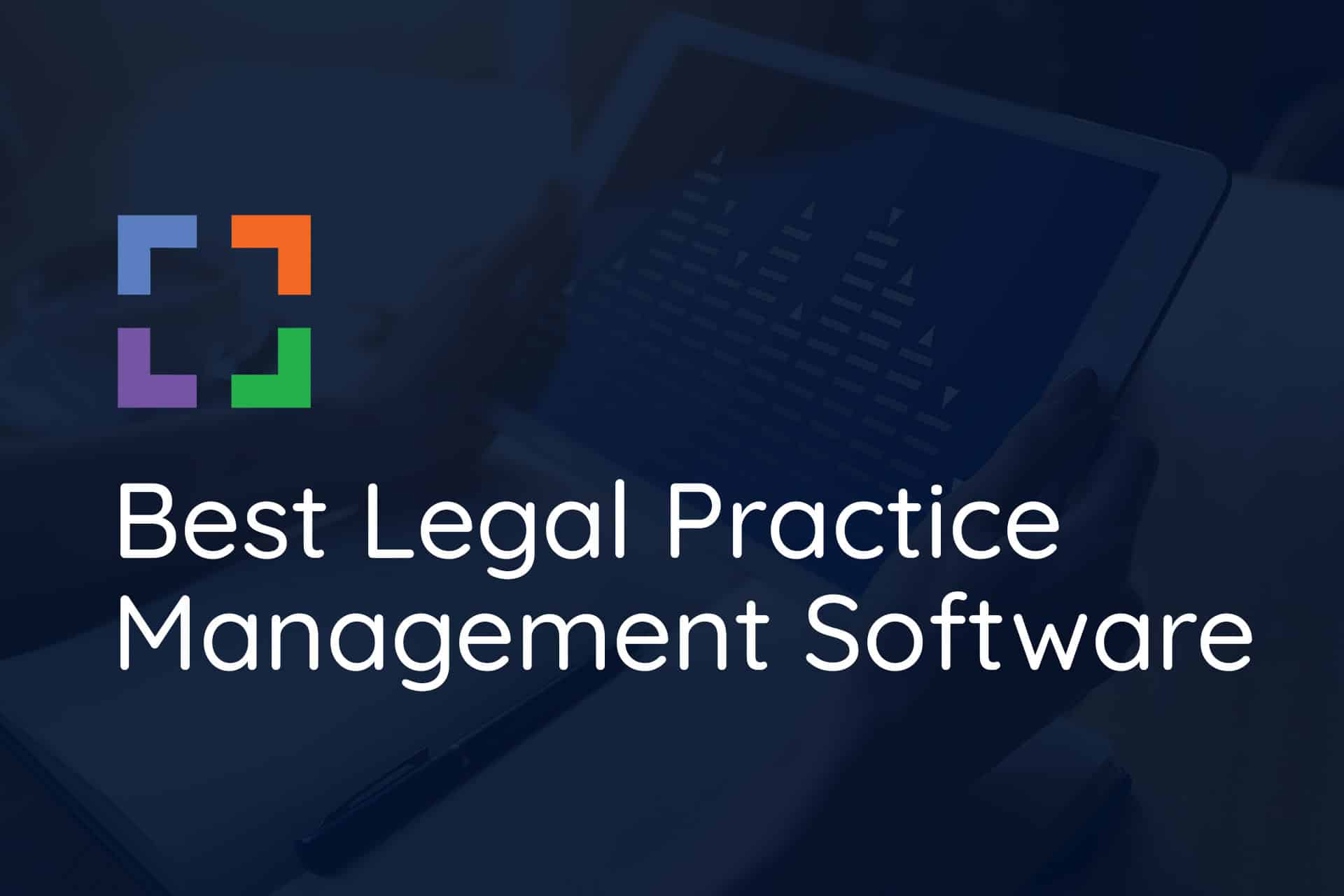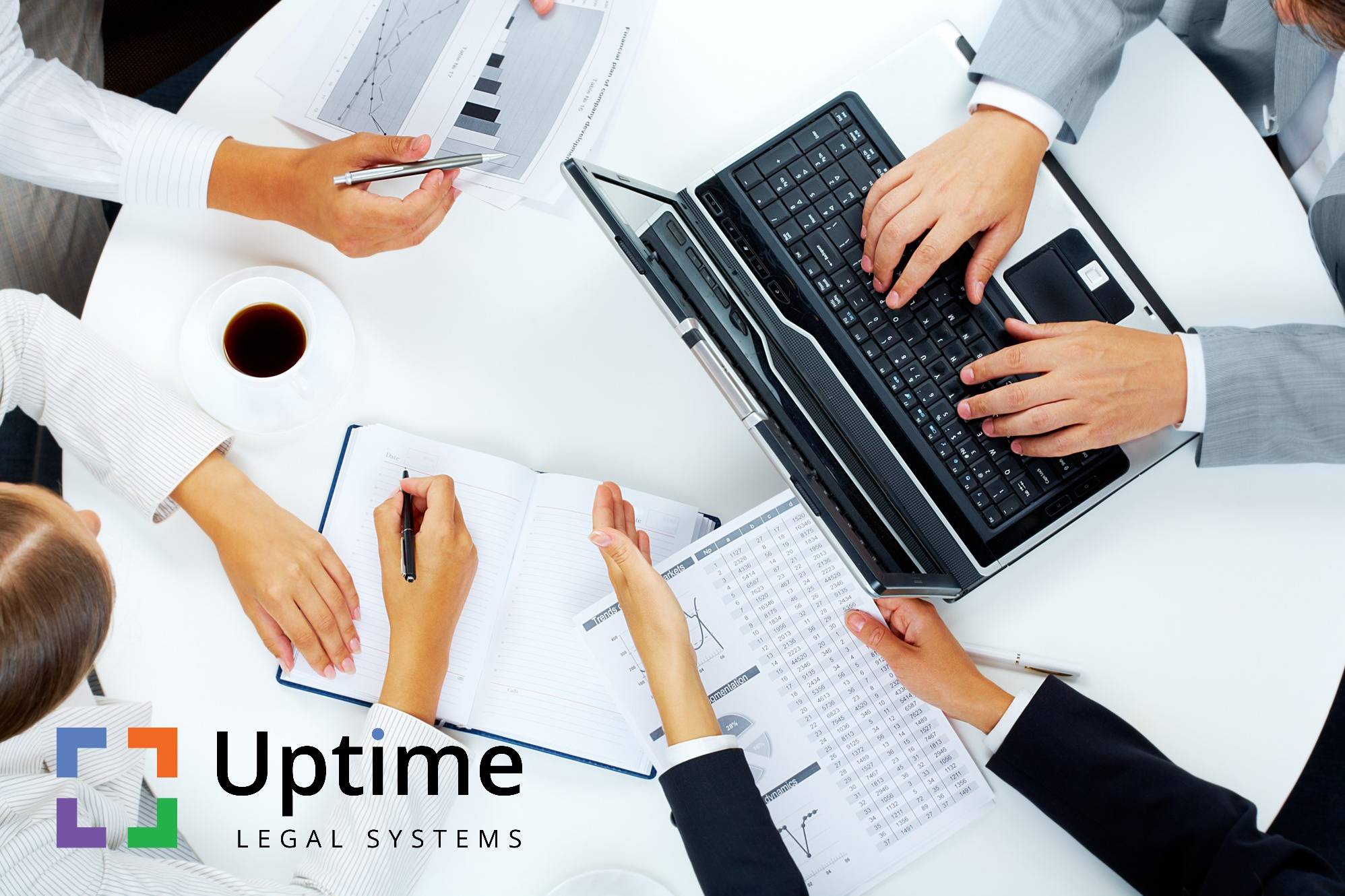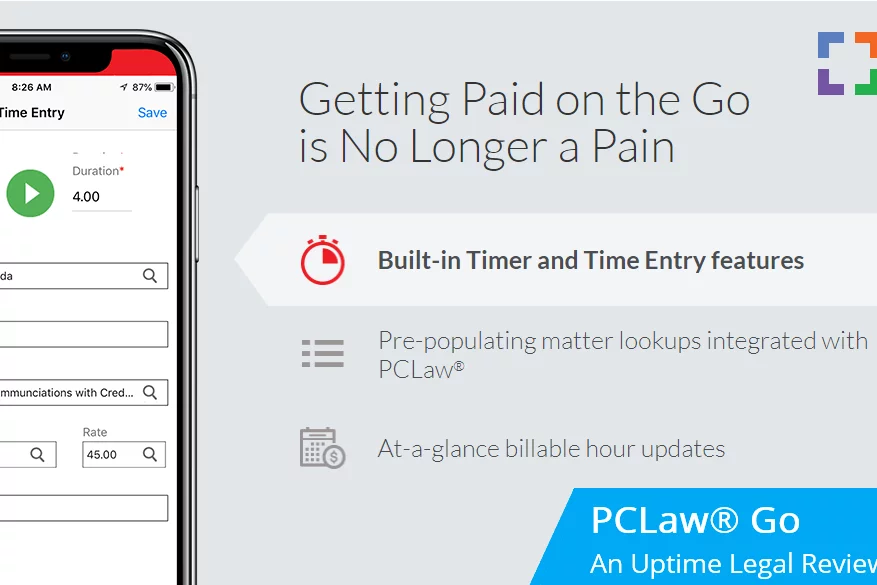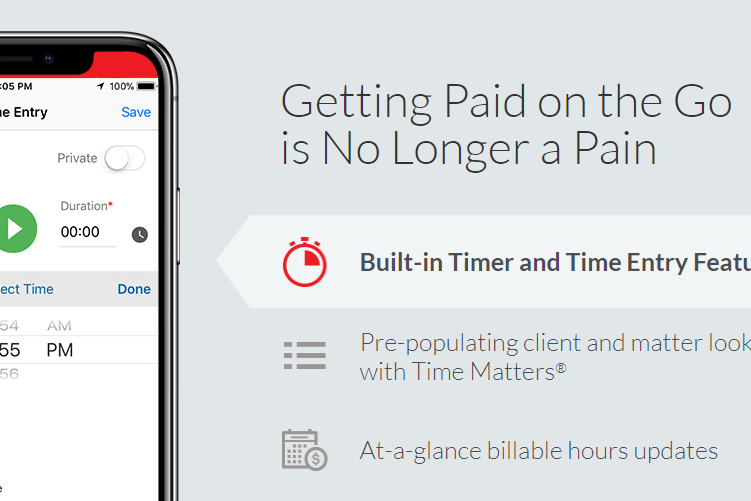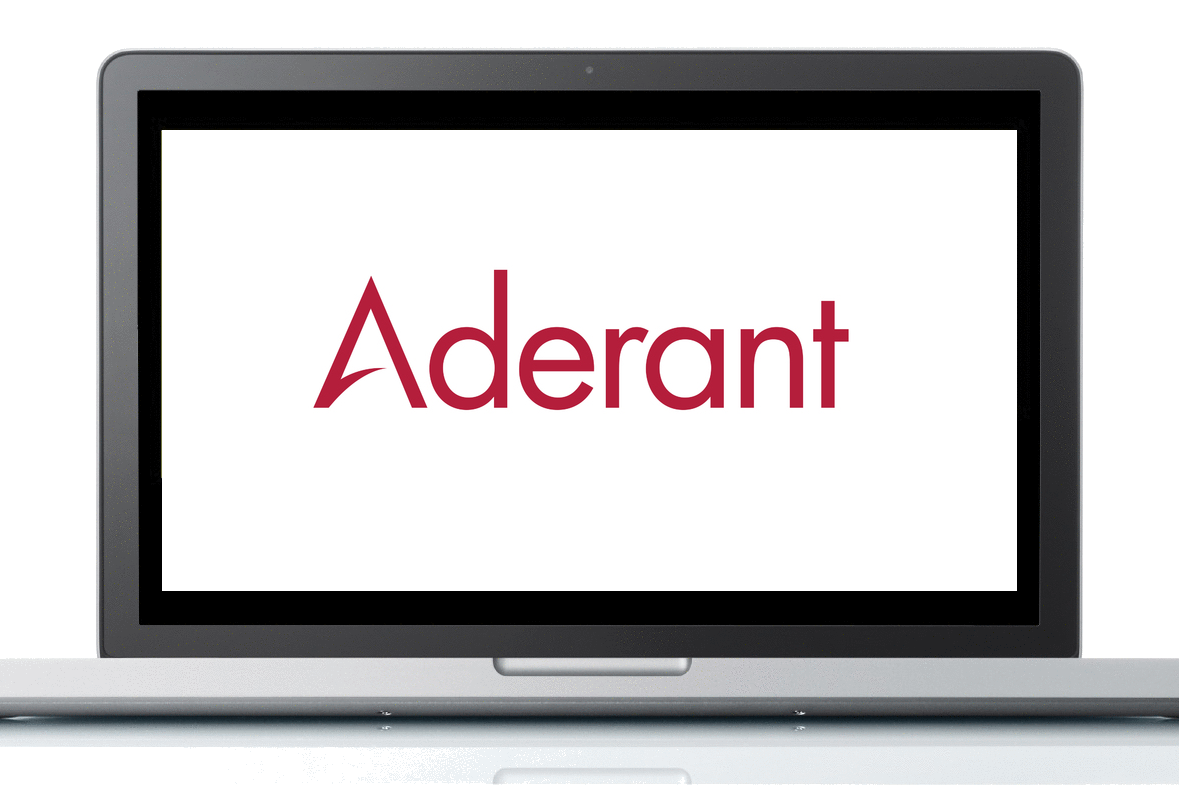How to Properly Utilize the 2025 Legal Software Report
It’s official. 2025 Legal Software Report is live!
This vendor-neutral guide simplifies selection across Law Practice Management, Document Management, Intake and CRM, and Legal Accounting.
It also explains cloud, on-premise, and private cloud deployment.
Each profile includes a brief AI Capability note covering native, in-product features.
Use it to save time, avoid costly detours, and choose tools that fit your workflows, client expectations, and growth goals.
In this article, we will show you how to get the most from the 2025 Legal Software Report so you can move from research to a confident decision.
In This Article
- What’s New in the 2025 Report
Highlights of what changed and how to use the AI Capability notes. - Understanding the Report’s Structure
How the product profiles work and where to start. - How to Evaluate Legal Software
Problems to solve, stakeholder input, and a simple feature-prioritization method. - Cloud, On-Premise, and Private Cloud
The tradeoffs, costs, and fit for each deployment path. - AI in This Year’s Report
How we cover native, in-product AI and how to assess it safely. - Taking Advantage of Additional Resources
Checklists, worksheets, and glossary items to speed decisions. - Next Steps and Consultation
Build a shortlist, plan a pilot, train your team, and where we can help.
What’s New in the 2025 Report
Before you dive in, here is what changed since last year and how these updates help you get to a confident decision faster.
- Clear AI coverage. Each product profile now includes a short AI Capability note that only describes native, in-product features. We no longer list or compare stand-alone AI tools.
- Verified pricing and plans. Pricing tables and plan names were reviewed and updated. All pricing is presented as “accurate as of publication.”
- Stronger deployment guidance. We clarify Cloud, On-Premise, and Private Cloud options for every product so you can choose what fits your risk, control, and IT capacity.
- Refreshed category coverage. Law Practice Management, Document Management, Intake and CRM, and Legal Accounting sections were updated for 2025 with current capabilities and fit notes.
- Improved buyer fit language. Overviews and “Who it's Good For” sections were expanded for clarity, while Product Highlights keep practical, real-world differentiators.
- Evaluation tools. Checklists and quick worksheets were tightened to help teams align on must-haves, compare finalists, and plan deployment.
- Audience expanded. The report now explicitly speaks to partners, administrators, IT, finance, and paralegals and power users, since they drive day-to-day adoption.
If you read last year’s report, use this list as your quick upgrade guide. If you are new to the LSR, these changes will help you skip the noise and focus on what matters most.
Understanding the Report’s Structure
The 2025 Legal Software Report is organized to help you find and compare the right tools quickly, then dive deeper only where it matters for your firm.
Each section focuses on a core part of law-firm operations, with consistent, easy-to-scan profiles that include: Overview, Who it’s Good For, Deployment (Cloud, On-Premise, Private Cloud), Full Feature List, Product Highlights, AI Capability, Pricing (accurate as of publication), and Additional Resources.
Key Sections of the Report
Law Practice Management Software
Covers matter management, timekeeping, billing, calendars, intake, and reporting. Use the Full Feature List and “Who it's Good For” to match platforms to firm size and workflows.
Comparison tables help you narrow quickly, whether you want a simple system for a small team or deeper functionality for a larger practice.
Legal Document Management Software (DMS)
Focuses on matter-centric filing, email management, versioning, search, and Microsoft 365 integration.
You’ll find a DMS checklist to mark must-haves and clear guidance on Cloud vs. On-Premise vs. Private Cloud so you can pick a deployment that fits security, mobility, and IT capacity.
Intake & CRM Software
Explains lead capture through onboarding, with attention to automated workflows, custom forms, e-signature, conflict checking, scheduling, and reporting. Use the feature comparison table to align tools with your intake process and client communication standards.
Legal Accounting Software
Reviews business accounting and trust/IOLTA capabilities, reconciliation, reporting, and how platforms interact with practice management.
Profiles note where accounting is fully integrated versus paired with external ledgers, along with practical deployment guidance.
Appendices & Tools
- Legal Software Glossary to align terminology across your team
- Private Cloud Guide for hosting server-based software without on-site servers
- AI in This Year’s Report explaining how we evaluate native, in-product AI
- Checklists and comparison tables you can print or share to keep evaluations objective
Tip: Share the category summaries and checklists with partners, admins, paralegals, IT, and finance. Have each role flag must-haves and blockers. This speeds consensus and makes demos more productive.
Get the 2025 Legal Software Report
This Free Report Includes:
- Detailed Evaluation of Legal Software
- Cloud vs. Premise-Based Legal Software
- Top Law Practice Management Software
- Top Legal Document Management Software
- Top Legal Intake & CRM Software
- Top Legal Accounting Software
- AI Capability Notes
- and More!
How to Evaluate Legal Software
Evaluating legal software can feel overwhelming, but the 2025 Legal Software Report gives you a clear path.
Use the guidance below to get the most value from the report as you compare options.
Start with Your Firm’s Needs
- Identify the problems you want to solve and the outcomes you expect. Keep this list in view as you read.
- Use each profile’s Overview, Who it's Good For, and AI Capability notes to quickly spot tools that align with your workflows and goals.
Prioritize Must-Have Features
- Mark each feature as Must-Have, Nice to Have, or Not Relevant.
- Make use of the comparison tables in the report to quickly evaluate software based on the features that matter most to you.
Consider Scalability and Fit
- Check Who it's Good For to see which platforms fit solo, small, or midsize teams.
- Review admin controls, storage, and customization called out in the profiles so the software can grow with you.
Check Integration with Existing Tools
- Make sure the software you’re considering will integrate with tools you already use, like email, accounting software, or case management systems. The report notes where specific tools, such as Clio Grow or CosmoLex, integrate well with other systems like QuickBooks or Office 365.
- Integration is key to keeping your workflow efficient and preventing data silos. Prioritize software that seamlessly connects with your firm's current tools.
Compare Deployment Options
- Use the Deployment callout in every profile to note Cloud, On-Premise, or Private Cloud.
- If a feature is marked with an asterisk, confirm you're ready to implement a Private Cloud, like one through Practice Foundation, to cover it.
Trial and Demos
- Where the report notes trials or demos, test the core workflows your team uses every day.
- Lean on the report’s checklists during demos to keep evaluations consistent.
Reference Pricing Snapshots
- Refer to the pricing snapshots, noting “accurate as of publication,” to understand tiers at a glance.
- Use this to set expectations for budget and avoid apples-to-oranges comparisons.
Build a Quick Shortlist
- Use the category comparison tables and checklists to create a quick shortlist before you move to pilots and rollout in the Next Steps section.
- Aim for 3–5 finalists that meet your must-haves, deployment choice, and integration needs.
By following these steps and using the 2025 Legal Software Report to compare your options, you can confidently select a software solution that will meet your firm’s needs today and down the line.
Cloud, On-Premise, and Private Cloud
One of the biggest choices you’ll make is how the software is deployed. This year’s report calls out deployment for every product so you can compare at a glance.
In each product’s Full Feature List, an asterisk (*) indicates a capability that is available when the software is hosted in a Private Cloud rather than as a native feature.
Cloud-Based Software: Flexibility and Accessibility
Cloud software is hosted online and accessed in a browser.
It has risen in popularity because it removes server ownership and makes remote work straightforward.
- Accessibility: Access from anywhere is ideal for remote teams and multi-office firms. Open matters, documents, and billing from any device to keep work moving.
- Lower maintenance: No on-site servers to buy or maintain, which reduces IT headaches and upfront costs.
- Scalability: Add users and storage as you grow without expanding hardware.
- Security and compliance: Leading platforms provide encryption, geographic redundancy, multi-factor authentication, and continuous monitoring to support legal standards.
Key consideration: Requires a reliable internet connection for consistent performance.
On-Premise Software: Control and Customization
On-premise software is installed locally on your firm’s servers, giving you complete control over the infrastructure. This can be a better fit for firms that prefer to manage their own IT systems or have specialized needs.
Here’s why some firms opt for on-premise solutions:
- Greater control: You manage data storage, security settings, and upgrade timing to meet specific compliance needs.
- Customization: Often allows deeper configuration to support complex or unique workflows.
- Local availability: Core access continues even if internet service is interrupted.
Key consideration: Higher ongoing costs for servers, backups, security, and maintenance, plus careful planning for upgrades and remote access.
Private Cloud: Power Without Owning Servers
Not ready to switch over to cloud-native software? Want to retain the robustness of your premise-based software while pursuing cloud-native benefits?
A private cloud means server-based software is hosted for you in a managed cloud.
It is not a different kind of software, and here are some benefits:
- Greater control: You manage data storage, security settings, and upgrade timing to meet specific compliance needs.
- Customization: Often allows deeper configuration to support complex or unique workflows.
- Local availability: Core access continues even if internet service is interrupted.
Key consideration: Understand pricing, contract terms, uptime SLAs, recovery objectives, and how integrations with Microsoft 365, email, accounting, DMS, e-signature, and phones are supported.
By understanding the pros and cons of each option and using the 2025 Legal Software Report to compare software across these categories, your firm can make a decision that balances flexibility, security, and cost-effectiveness.
Get the 2025 Legal Software Report
This Free Report Includes:
- Detailed Evaluation of Legal Software
- Cloud vs. Premise-Based Legal Software
- Top Law Practice Management Software
- Top Legal Document Management Software
- Top Legal Intake & CRM Software
- Top Legal Accounting Software
- AI Capability Notes
- and More!
AI in This Year’s Report
This year we cover AI only where it is built into the software itself.
Every product profile includes a short AI Capability note that describes meaningful, native features you can use today. No roundups of standalone tools.
What We Include
- A brief description of native, in-product AI such as matter-aware search, summaries, drafting aids, time entry suggestions, and classification.
- Plan or deployment notes when features are limited to certain tiers or require specific settings.
What We Don't Include
- Generic AI tools that sit outside the product.
- Hype or claims without a clear, in-product benefit.
How to Read the AI Capability Notes
Use the AI Capability notes to compare your shortlist and see where native, in-product AI will truly help your workflows.
During demos, run one real task, such as summarizing a document set or drafting a first pass email, and record the steps, accuracy, and time saved.
Start with low-risk use cases, document required review steps so outputs are checked before filing or sending, and decide where AI should not be used based on client or matter sensitivity.
Taking Advantage of Additional Resources
Beyond the product profiles and comparison tables, the 2025 Legal Software Report includes four appendices you can use as reference material while you evaluate options and plan deployment.
Think of these as quick, practical add-ons to keep at your disposal as you move from research to selection to rollout.
Legal Software Glossary
Use Appendix A to translate industry jargon into plain English as you compare features.
It is a handy companion when terms like “full-text search,” “versioning,” “OCR,” and “matter-centric” pop up in DMS and LPM descriptions. You will also find concise entries that help differentiate modern cloud systems from “legacy” tools.
Keep this open while you review product pages and the checklists.
Moving Your Software to a Private Cloud
Appendix B explains when to keep proven, server-based software and simply change where it runs.
If you use products like PCLaw, Time Matters, or ProLaw, hosting them in a managed Private Cloud can remove on-site server burden while preserving the workflows your team knows. Common outcomes: eliminate server and IT headaches, keep data secure, and work from anywhere.
The report also links to deeper “in the cloud” resources for several platforms.
AI and Lawyers
Appendix C frames how the report covers AI in 2025: brief “AI Capability” notes inside each product profile, no rankings of generic AI apps, and an assumption that human review remains required.
It also maps where embedded AI shows up across legal software (search-then-answer in DMS, drafting assists in intake and practice management, time-entry suggestions in billing) and offers practical guardrails on permissions, auditability, and source checking.
Use this section to understand which native, in-product AI features matter for day-to-day work and how to adopt them responsibly.
Additional Resources
Appendix D is a curated reading list to support deeper evaluation and rollout.
It includes best-of guides for LPM, DMS, and legal accounting, practical pieces on cloud storage and email management, and IT and cybersecurity resources. Marketing resources are also included for firms planning growth alongside a software upgrade.
Use these links for targeted follow-up once you have a shortlist.
As you work through the report, bookmark these appendices.
They will speed up conversations with stakeholders, help you compare apples to apples, and give you implementation context once you are ready to move forward.
Next Steps and Consultation
Now that you have the 2025 Legal Software Report, here is a simple path to move from research to a confident decision.
1
Evaluate Your Firm’s Specific Needs
Use the report’s overviews, “Who it’s Good For,” and checklists to narrow your focus to the problems you want to solve and the outcomes you expect.
- Decide whether you need cloud-based accessibility or on-premise control, or if a Private Cloud makes sense.
- Note integrations you rely on, such as Microsoft 365, email, e-signature, accounting, phones, intake, or DMS.
2
Prioritize Must-Have Features
Turn your needs into a short list of must-have features and use each profile’s Full Feature List to compare candidates.
- Keep three to five finalists that meet your requirements.
- In the Full Feature List, an asterisk (*) indicates a capability delivered when the software is hosted in a Private Cloud rather than natively.
3
Confirm Deployment and Integrations
Check each finalist’s Deployment label and integration notes so daily workflows stay connected.
- Validate Cloud, On-Premise, or Private Cloud against security, mobility, and IT capacity.
- Confirm native connectors or APIs for the systems you already use to avoid data silos.
4
Trials and Demos
Where the report notes trials or demos, run one real workflow end to end.
- Walk intake, conflicts, email to matter, document save and versioning, calendaring, time capture, billing, and trust handling.
- Capture what works well, friction points, and any gaps tied to your must-haves.
5
Plan Implementation and Support
Once you select a product, outline implementation so adoption stays on track.
- Define data migration for clients, matters, contacts, time, AR, trust balances, documents, and historical email.
- Schedule training for attorneys, paralegals, and admins, and confirm who will provide ongoing support.
Want a second opinion?
If you would like help comparing finalists, mapping a Private Cloud approach, or planning migration and rollout, Uptime Legal can assist. We are vendor-neutral and focused on fit, security, and adoption.
Get the 2025 Legal Software Report
This Free Report Includes:
- Detailed Evaluation of Legal Software
- Cloud vs. Premise-Based Legal Software
- Top Law Practice Management Software
- Top Legal Document Management Software
- Top Legal Intake & CRM Software
- Top Legal Accounting Software
- AI Capability Notes
- and More!
Dennis Dimka
As the founder and CEO of Uptime Legal Systems, I've had the privilege of guiding our company to become a leading provider of technology services for law firms.
Our growth, both organic and through strategic acquisitions, has enabled us to offer a diverse range of services, tailored to the evolving needs of the legal industry.
Being recognized as an Ernst & Young Entrepreneur of the Year Finalist and seeing Uptime Legal ranked among the Inc. 5000 list of fastest-growing private companies in America for eight consecutive years are testaments to our team's dedication.
At Uptime Legal, we strive to continuously innovate and adapt in the rapidly evolving legal tech landscape, ensuring that law firms have access to the most advanced and reliable technology solutions.
Related Posts
November 21, 2025
Fit Over Features: A Better Strategy for Law Firm Technology
September 30, 2024
How to Properly Utilize the 2024 Legal Software Report
June 27, 2024
The Impact of Remote Work on Law Firm IT
June 11, 2024
Which Uptime Practice Solution Is Right for You?
April 1, 2024
The Financial Case for Cloud for Law Firms
March 13, 2024
Law Firm Collaboration Software
March 8, 2024
25 Things To Ask Your Legal Private Cloud Provider
February 8, 2024
Legal Data Management & Storage Solutions for Law Firms
January 9, 2024
VoIP for Law Firms
January 8, 2024
How to Use Orion Legal Software in the Cloud in 2025
December 15, 2023
ProLaw: Complete Review, Features, Pricing
December 15, 2023
Juris: Complete Review, Features, Pricing
December 15, 2023
PCLaw: Complete Review, Features, Pricing
December 15, 2023
7 Reasons Your Law Firm Should Consider Clio Manage
December 15, 2023
7 Reasons Your Law Firm Should Consider Tabs3
December 15, 2023
7 Reasons Your Law Firm Should Consider LEAP Legal Software
December 15, 2023
LEAP: Complete Review, Features, Pricing
December 15, 2023
Tabs3 & PracticeMaster: Complete Review, Features, Pricing
December 15, 2023
QuickBooks for Law Firms: Complete Review, Features, Pricing
December 15, 2023
Time Matters: Complete Review, Features, Pricing
December 15, 2023
TrialWorks – An Uptime Legal Review
November 15, 2023
Outsourced IT for Law Firms
November 1, 2023
Clio Review: Details, Features, Pricing
October 24, 2023
AWS for Law Firms: A Complete 101
October 4, 2023
Azure for Law Firms: A Complete 101
September 28, 2023
Best Law Practice Management Software (2025)
August 30, 2023
Microsoft Teams for Law Firms
July 20, 2023
Private Cloud 101 for Law Firms
March 24, 2023
Best Law Firm Payment Processing Solutions
March 8, 2023
What is Legal Document Management?
December 22, 2022
Interpreting the 2022 Legal Trends Report
December 8, 2021
Key Trends from the 2021 Legal Trends Report
February 24, 2021
Uptime Legal Joins the Thomson Reuters Marketplace
November 18, 2019
Best Legal Practice Management Software for 2021
September 16, 2019
The Financial Case for Cloud for Law Firms
June 10, 2019
5 Things to Require of Your Law Firm IT Provider
January 28, 2019
PCLaw® Go – An Uptime Legal Review
January 7, 2019
Time Matters® Go – An Uptime Legal Review
December 4, 2018
Aderant Review – by Uptime Legal
June 29, 2018
